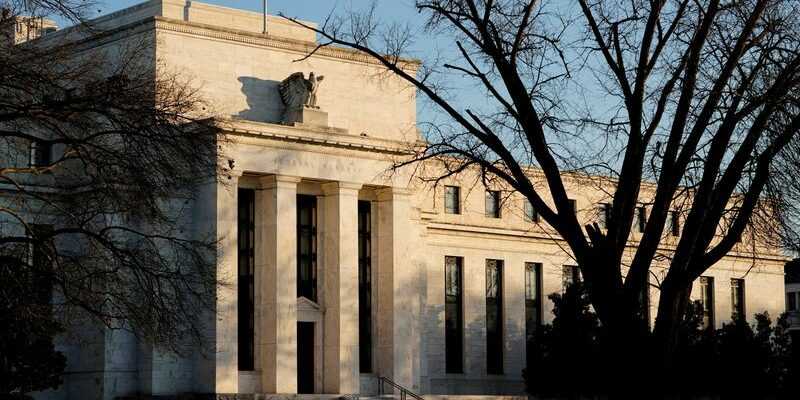While US inflation, which is at its highest level in four decades, may have peaked in March, the Fed’s 2% target is still a long way off as disruptions in currency chains global supplies continue to keep prices rising at a high level.
The May 12-18 Reuters poll showed near-unanimous expectations for a 50 basis point hike in the federal funds rate, currently pegged at 0.75%-1.00%, at the 2018 policy meeting. June, following a similar move earlier this month. A forecaster anticipated a rise of 75 basis points.
The Fed is expected to hike another 50 basis points in July, according to 54 of 89 economists, before easing hikes of 25 basis points for the remaining meetings this year. But 18 respondents predicted another half-percentage-point rise in September as well.
A majority of respondents now expect the federal funds rate to be 2.50% to 2.75% or higher by the end of 2022, six months earlier than forecast in the previous poll, and more or less in line with market expectations for a year-end rate of 2.75% to 3.00%.
That would take it above the “neutral” level that neither stimulates nor restricts activity, estimated at around 2.4%.
“The pressing obligation is to bring policy rates to neutral, before taking a step back to judge the impact,” wrote Sal Guatieri, senior economist at BMO, in a note.
“The Fed can only hope that inflationary pressures stemming from high commodity prices and the impact of the pandemic on labor and material supply will soon reverse.”
Fed Chairman Jerome Powell reiterated on Tuesday that the US central bank would raise interest rates as high as necessary, possibly above the neutral level.
Nearly 75% of respondents to a supplemental question in the poll – 29 out of 40 – said the Fed’s rate hike path was more likely to be faster than slower over the next few months.
Inflation, as measured by the consumer price index (CPI), is expected to average 7.1% this year and remain above the central bank’s target until at least 2024.
The New York Fed’s latest global supply chain pressure gauge rose in April after four months of declines, suggesting that such price pressures remain well-present, as does recent analysis from Reuters.
Meanwhile, the poll showed a median 40% chance of a US recession in the next two years, with a one in four chance of it happening in the coming year. These probabilities have remained stable compared to the last survey.
What has not remained stable is the sentiment in the financial markets. The Standard & Poor’s 500 stock index appears to be on the cusp of a bear market, down nearly 20% from its peak at the start of the year.
The US economy, which contracted for the first time since 2020 during the January-March period, was expected to rebound to an annualized growth rate of 2.9% in the second quarter. But the forecast was in a significantly wide range of 1.0% to 6.9%.
GDP growth is expected to average 2.8% this year before moderating to just 2.1% and 1.9% in 2023 and 2024, respectively, down from 3.3%, 2, 2% and 2.0% expected last month.
Forecasts for the unemployment rate have remained optimistic, averaging 3.5% this year and next, before rising to 3.7% in 2024.
But more than 80% of respondents to a supplementary question – 28 out of 34 – said that over the next two years unemployment was more likely to be higher than they currently expect than lower.
“The only realistic way to break the wage-price spiral is to push up the unemployment rate. If the Fed doesn’t do it by accident, it will have to do it by design,” said Philip Marey, senior US strategist at Rabobank.
“A recession is the inevitable outcome.”
(For other articles from the Reuters World Economic Survey:)
